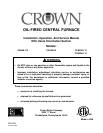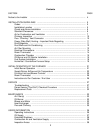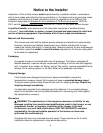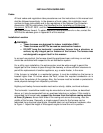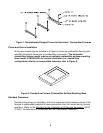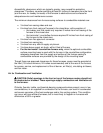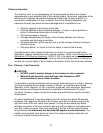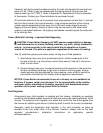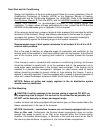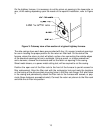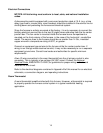
8
Often, household chemicals contain chloride-bearing compounds. There are many
compounds representative of this classification of chemicals. A few common examples
are listed below.
• Cleaning solvents
• Varnish and paint removers
• Bleaches
• Fabric softeners
• Water softener salt
• Tile adhesives
Avoid storing or using these chemicals within close proximity to the furnace. In addition,
avoid storing or using any chemicals, of an unknown and possibly flammable nature, in
close proximity to the furnace. If it is necessary to store or use chemicals in the same
space as the furnace, the area should be well-ventilated and all containers should be
sealed when not in use. If possible, keep chemicals in a separate, well ventilated, room
closed off from the furnace with a door.
The furnace shall be installed in a location within the building that permits a satisfactory
supply of air for combustion, ventilation, and proper operation of the venting system.
While all forms of building construction cannot be covered in detail in this manual, this
requirement may usually be met by application of one of the following methods in
ordinary building construction. However, applicable local installation codes always take
precedence and shall be followed.
The content of certain pertinent passages of NFPA 31-2001 on methods to obtain and
ensure adequate airflow to the furnace has been excerpted and, in some cases,
paraphrased below for reference purposes. Consult the Standard for the Installation of
Oil-Burning Equipment, NFPA 31-2001, for special cases and further details.
1. Utility Room (example of a confined space)
a. In buildings of conventional construction with normal air infiltration, two (2)
permanent openings connecting to a well-ventilated crawl space, attic, or
another large, well-ventilated internal area shall be provided. Each opening
shall have a minimum free area of one (1) square inch per 1000 BTUH of total
input rate (sum of the individual appliance input rates) of all appliances to be
installed in the utility room. One opening should be located near, or in, the
ceiling of the room and the other should be located near, or in, the floor.
b. In buildings of unusually tight construction (e.g. those having continuous
water vapor barriers; tightly-fitting, or weather-stripped, doors and windows;
and gasketed, caulked, or sealed outer wall joints and penetrations), wherein
infiltration and air exchange with the outdoors is very limited (0.35 air changes
per hour, or less), provision must be made to provide sufficient air for
combustion. The following method will usually be adequate to ensure
sufficient airflow into the space.




